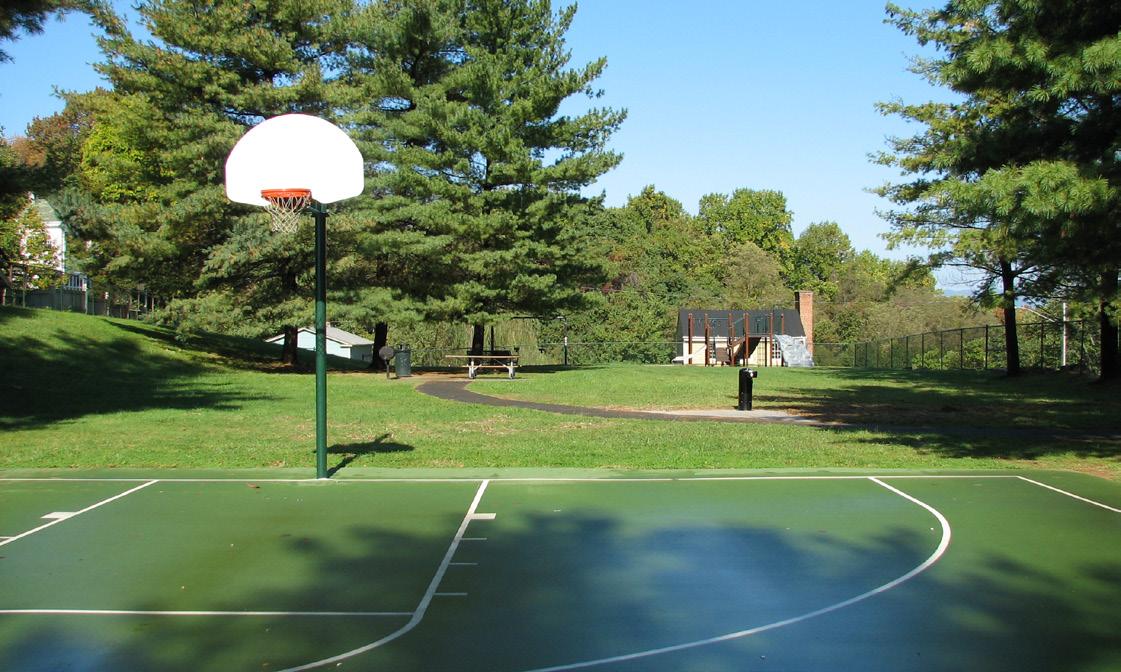
2 minute read
Table 5.1: Major Program Categories..............................................................................5
The following gives descriptions of the different park and facility types common to a park system. MINI PARK
The smallest type of park, a mini park, is typically less than five acres. These parks are designed primarily to attract residents who live within a quarter mile of the park. Vehicle parking facilities are typically limited or not provided. Mini park service levels range from 0.25 to 0.50 acres per 1,000 residents. Size normally prescribes these parks to be passive, limited-activity facilities. Common elements include benches, playgrounds, and tables in an attractively landscaped setting. The parks are sometimes themed to blend in with the surrounding neighborhood. Designs sometimes match the existing homes, fencing, sidewalk pavers, etc. A park of this size is not developed with fields for league play or community-wide events. NEIGHBORHOOD PARK
Advertisement
Neighborhood parks are found in most county and city systems. These parks normally include two to ten acres and typically serve a population living within a half-mile of the park. Neighborhood parks concentrate higher volume recreation activities and facilities into a limited amount of space. Facilities typical for this park classification include: • Parking facilities • Playgrounds • Playing fields • Restrooms/Concessions • Shelters • Swimming pool • Walking paths Vehicular parking is necessary for this park classification due to its scope of activities and size. The standard for parking is a minimum of seven spaces for the first 10 acres and one additional space for each acre over 10. This may vary based on intended activities and program appeal. If team sport facilities or distinctive features (such as a swimming pool) are included, 40+ parking spaces per field will be needed. The scope of people served by a neighborhood park can vary based on densities and the number of other parks available. Typically, one neighborhood park should serve between 10,000 and 20,000 residents, or one to two acres per 1,000 people. Many neighborhood parks are less than five acres and typically do not include athletic fields.
COMMUNITY PARK
Community parks are needed within a system to ensure that the recreational needs and interests of all users are met. This type of park expands beyond a local neighborhood and may include several neighborhoods. The concept for community parks is to include a “onestop-shop” for all recreation users. A community park should include a mix of active and passive activities and attract users of all ages. From sports fields to a community center, the park should provide as many recreation and support services as possible. A park of this size and scope commonly includes 30 to 50 acres. Community parks have both day and night activities. Large facilities, such as an indoor fitness/recreation center or multi-field sports complex, can be placed in such a facility because of the amount of space available and ability to buffer from the surrounding community. The service area for such a park can vary based on the size and scope of activities offered. However, a community park may serve anywhere from 50,000 to 80,000 people or five to eight acres per 1,000 people. User analyses are often based upon a service radius, while other analyses in more urban areas may be based upon drive times.






